
“The fashion industry in the past several years has redefined how to market, how to brand, how to raise awareness, and how to inspire others,” said Ray Chambers, with United Nations special envoy for malaria. “I think the fashion industry will lead the emergence of so many of the developing economies.”
There are consistently more and more global campaigns supporting social and economic growth, assisting in development and lifting people out of poverty through ethical fashion. Even the United Nations has two initiatives specifically focused on employment through apparel production and trade. One is Fashion 4 Development (F4D), supported by the UN Educational, Scientific and Cultural Organization (UNESCO), providing economic opportunities for women and men around the world to help lift them out of poverty.
F4D partners with organizations such as Advanced Development of Africa, Fashion Designers Without Borders, Womensphere, and with first ladies around the world to raise awareness and money to build more sustainable futures—the core principles of F4D. First founded in 1996, and then later re-launched in 2011 by former supermodel Bibi Russell, who works “to preserve the heritage of my country, foster creativity, provide employment, empower women, and contribute towards the eradication of poverty.” F4D has helped more than 100,000 people in Russell’s home country of Bangladesh through a local textile business, and has ongoing initiatives in Ghana, Nigeria and Botswana with a specific focus on promoting African designers and producers in the global market.
Another UN project, jointly run with the World Trade Organization (WTO) through the International Trade Center (ITC), is the Ethical Fashion Initiative. First conceived of by an Italian shoemaker, Simone Cipriani, who saw no reason why Italy’s model of fashion production could not be recreated in Kenya.
Mr Cipriani sought out unemployed and underemployed women with experience in basic beadwork and tailoring, and with training he has turned his small idea into a profitable company. Ethical Fashion had sales of $900,000 in 2012, and employs 1,200 women full time. Their wages have gone from about $2 a day to nearly $8 and this income then circulates back into the community and further expands economic growth. Many other fashion houses have since started projects with the Ethical Fashion Initiative as well.
Regionally, many designers have started programs in the same vain. Tete (Maria Teresa) Leal, an Ashoka Fellow, started her mission in the ’80s to help women use high fashion to tackle poverty in Rio de Janeiro, Brazil. Her cooperative, COOPA-ROCA, was started in Rio’s most populated slum, first training women in manufacturing and business skills. She then started receiving high-quality fabric donations and was then able to create a full collection, eventually selling it all over the world. In America designer Tory Burch, the second youngest self-made, female billionaire, has started a program with Accion providing microloans to small, fashion business hopefuls. She provides capital as well as mentoring and training. “It’s about investing in people who might otherwise not have the chance to pursue their goals. It’s also incredibly important to the economic recovery of our country,” Burch said. To date, the program has distributed almost 100 loans, each worth an average of $7,000.
– Mary Purcell
Source: Forbes, The Economist
Video: You Tube
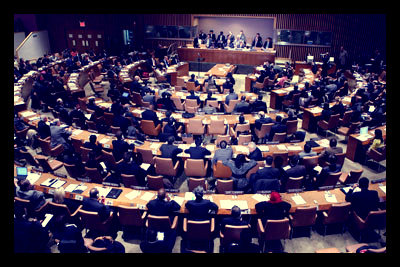 Independent United Nations experts are advising the World Bank to include human rights standards in their criteria for giving loans and all other interactions with developing countries. The World Bank will hold a review in the upcoming months to discuss its social policies and is expected to adopt international human rights standards.
Independent United Nations experts are advising the World Bank to include human rights standards in their criteria for giving loans and all other interactions with developing countries. The World Bank will hold a review in the upcoming months to discuss its social policies and is expected to adopt international human rights standards.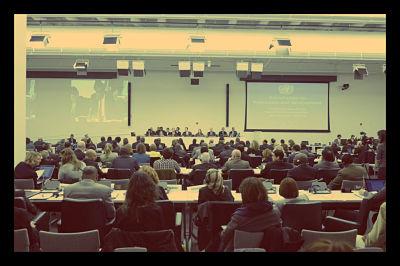

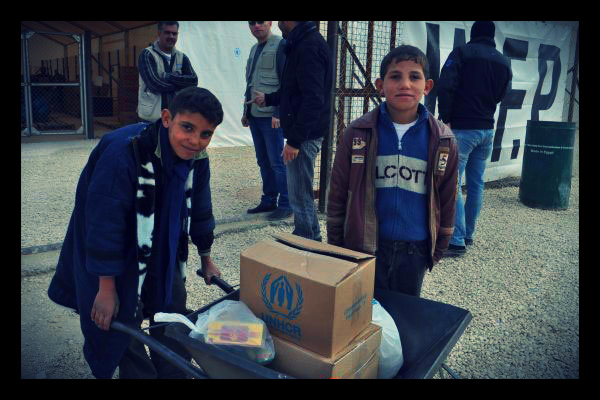
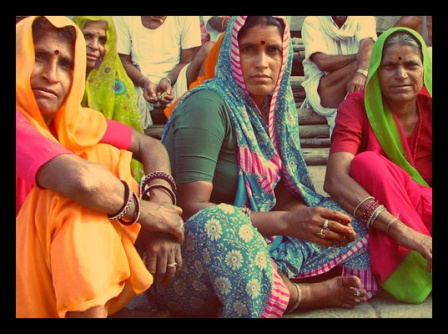

 Opposition-led northern Syria, which is controlled by rebels, are receiving little to no
Opposition-led northern Syria, which is controlled by rebels, are receiving little to no 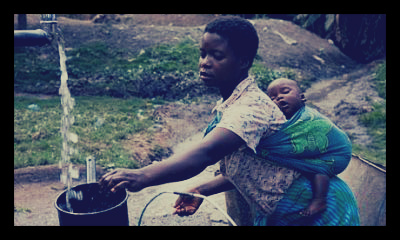 In 2020, more than 140 million girls will be attending a wedding – their own. Of these 150 million girls, 50 million will be attending their own wedding before they have even celebrated their 15th birthday.
In 2020, more than 140 million girls will be attending a wedding – their own. Of these 150 million girls, 50 million will be attending their own wedding before they have even celebrated their 15th birthday.
